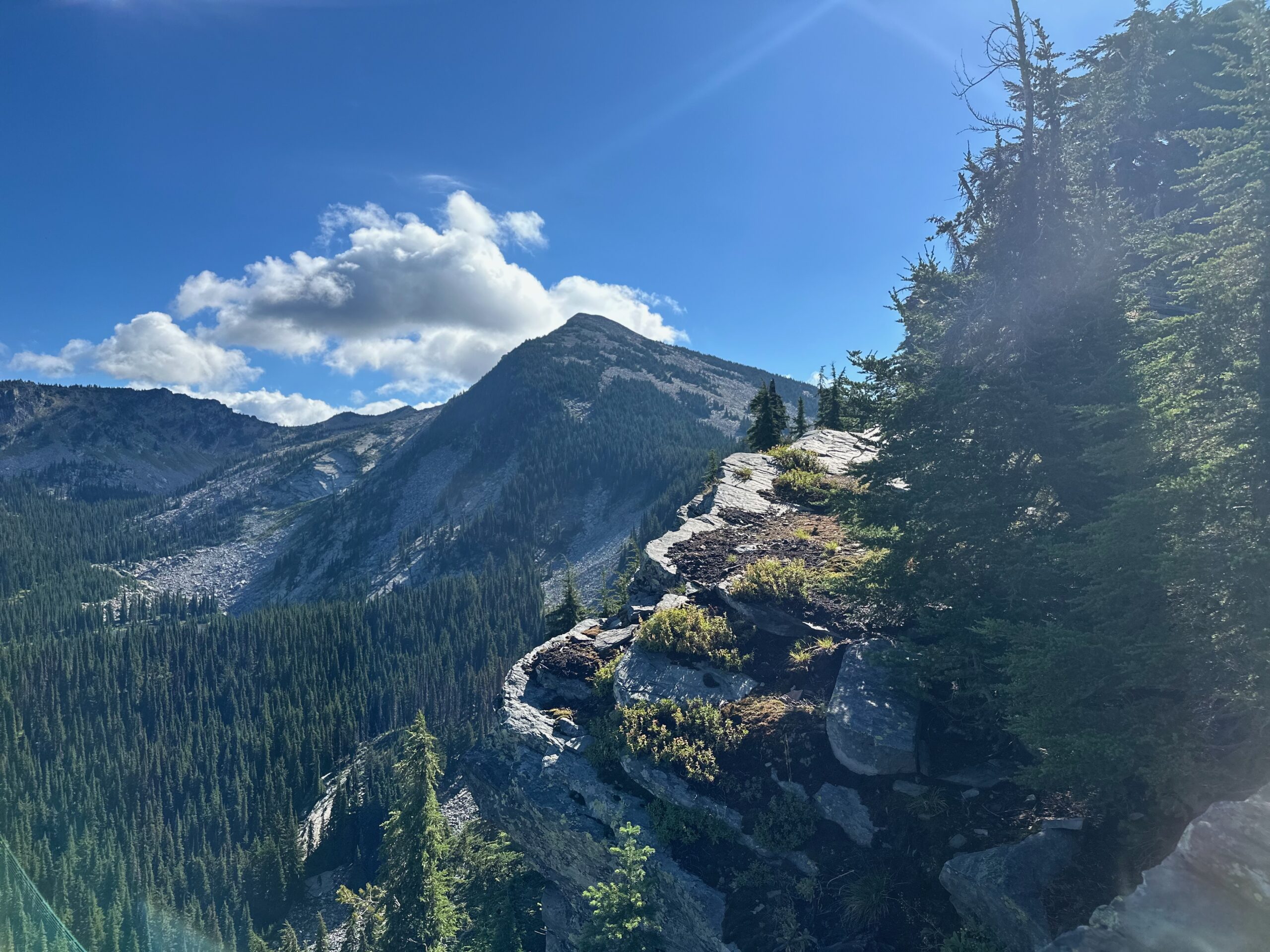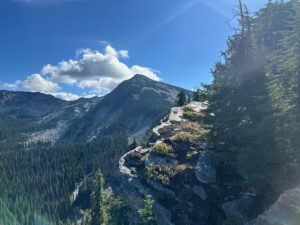
Category: Uncategorized
How Much Water to Bring Hiking?
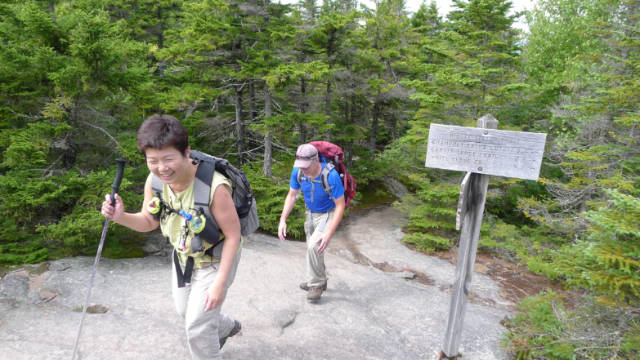
It’s important to bring water when you go hiking to replace the fluid you lose to perspiration, help keep you more alert, and flush waste products out of your body. Not bringing enough water can lead to discomfort, while bringing too much can slow you down. How much water do you need, and what’s the best way to carry it?
Drink Approximately One Quart Every Two Hours
If you’re actively hiking, drinking about one quart (32 ounces) of water every two hours is good. That’s a good rule of thumb based on my experience hiking year-round and in various climates. Depending on the temperature, humidity, and body weight, you might need more or less, but that’s a good estimate of what you’ll need to carry if you can’t refill on your route.
Water bottles are best carried where they are easily accessible on the outside of a backpack rather than being buried inside it. Backpacks with stretch side pockets are convenient, so you can reach back and grab a bottle to sip from while walking. Can’t drink and walk at the same time? Stop for a few minutes every hour and sip from a water bottle while you take a five-minute break.
How Long Will It Take to Finish Your Hike?
If you have a guidebook, it should give you a time estimate for your hiking route. If you just have a map, calculate the total distance of your hike. Divide that number by your pace in miles per hour. This will usually be somewhere between 1.5 to 2 mph. For example, I can usually hike 2 miles per hour on a flat trail. If my hike is 10 miles long, it should take me about 5 hours at that pace.
Do You Need to Drink Water?
No. You can drink any non-alcoholic fluid. Water is usually cheap and easily available, but you can drink tea or juice or add an electrolyte mix to your water to make it taste better.
What about Hydration Systems?
If you have a hydration pack or a backpack with a hydration reservoir pocket, sipping on a hose while you walk is very convenient for day hiking. It’s great because there’s such a low barrier to drinking, and having a hose connected to your shoulder strap is a constant reminder to take a sip. Buying a 3-liter hydration pack is a good size for a long day hike. Don’t fill it up fully if you don’t need all 3 liters.
Can you drink too much?
You can, but your body is pretty good at flushing extra fluids by making you pee. Peeing on a hike is normal, and you shouldn’t be ashamed to ask your friends to let you take a bio break on a hike. The color of your pee is usually a good indicator of your hydration level. If your pee is bright yellow or even brownish, you need to drink more water. If you habitually drink when you’re thirsty and eat a salty snack once in a while to replenish your electrolytes, you should be fine.
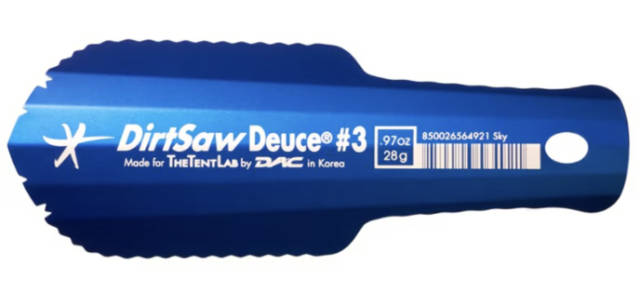
How to Poop on a Hike

If you need to poop on a hike and there are no nearby facilities, it’s best to be prepared. You’ll want to carry some toilet paper and leave-no-trace trowel with you so you can dig a six-inch hole in the ground, called a cathole, to bury your waste so it can decompose naturally. In some areas, however, this is not permitted, and you need to carry out your waste and used toilet paper, usually in a plastic bag or commercially available “wag bag,” which prevents any leakage of the contents inside your backpack.
In deciding where to go, it’s best to step off a hiking trail and find a hidden spot that affords you some privacy and that others on the same mission will not stumble upon.
In addition, you want to find a spot 200 feet away from a water source and not on a hill, where rain runoff can leach the contents of your cathole into the water source.
However, you don’t want to go too far and lose track of how to get back to the trail since you can become disoriented and lose your way. When hiking with others, you can tell them you need a bio break and ask them to remain in easy hailing distance so you can find the trail again. Everybody has to go sooner or later, and while it may be embarrassing, you’ll quickly become less self-conscious about it.
When wiping yourself, you want to get clean and dry to avoid the painful chafing that may otherwise develop. Many hikers carry lotion or diaper rash cream to spread to prevent later irritation.
How to Keep a Hydration System Clean
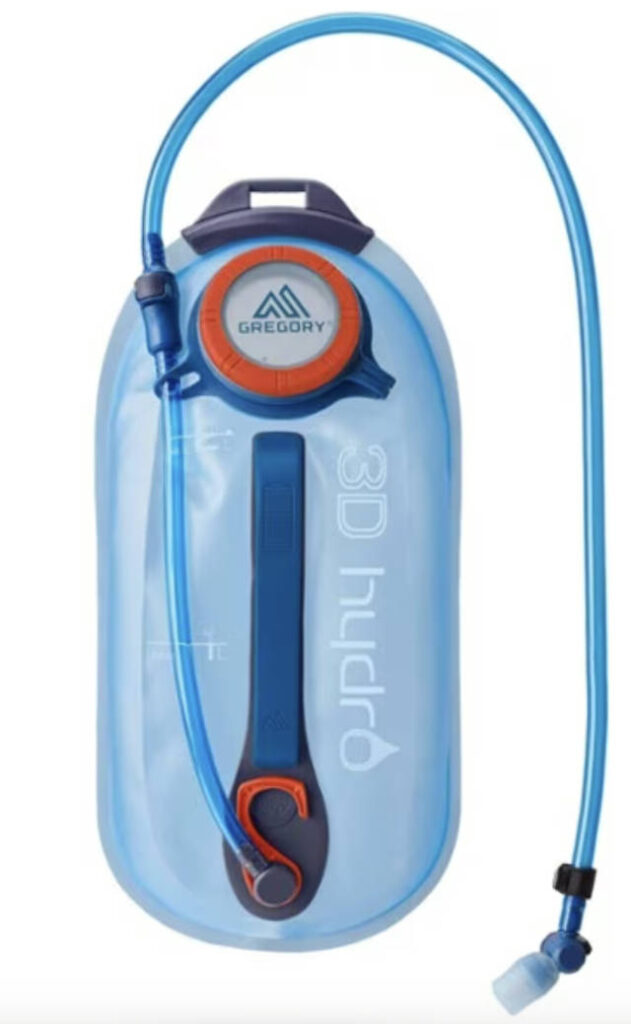
If you use a hydration system for hiking, you’ll want to keep the mouthpiece, hose, and reservoir, often called a bladder, clean and germ-free between hikes. The easiest way to do this is to wipe down the mouthpiece, empty the bladder and hose the best you can, and then put the entire hydration system into the freezer section of your refrigerator so nothing can grow inside it. This eliminates the need to clean and dry the inside of the hydration system between uses. When you’re ready to use it again, simply refill it and go. “
We also recommend that you only put water in your hydration system, not sugary or electrolyte drinks, as these are very difficult to clean out. If you need these during hikes, they’re best eaten as snacks rather than added to a hydration system.
If you still want to clean a hydration system, its manufacturers sell cleaning tablets, brushes, and hangers to dry it, but this is largely unnecessary if you only drink water and freeze the hydration system between uses.
Green Mountain Club Hikes
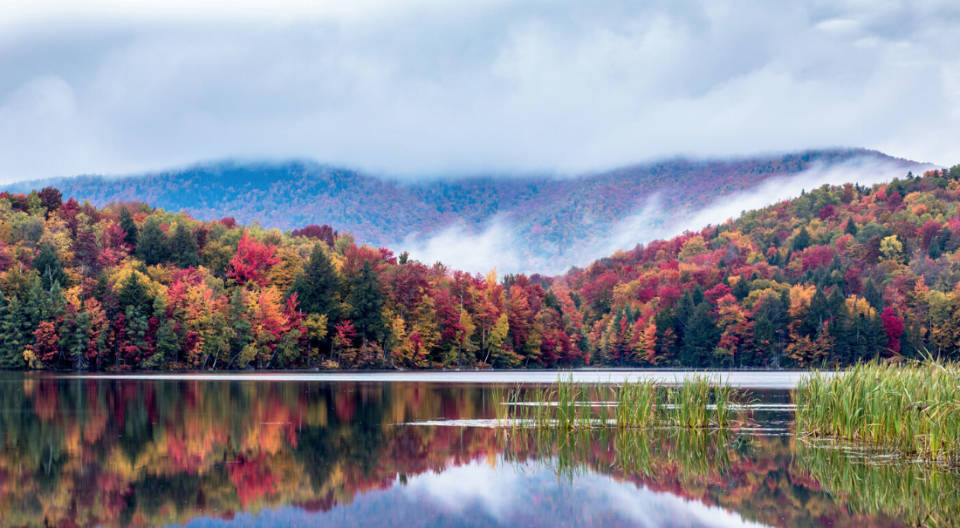
The Green Mountain Club offers hikes you can sign up for across Vermont, including some in New York and New Hampshire. They’re led by volunteer leaders from the different regions, called sections, of the club. They’re free to attend, and you don’t have to be a Green Mountain Club member to sign up. They range in difficulty: if you’re unsure whether you’re qualified to join, the leaders will contact you to ask about your experience and fitness level before letting you attend.
The master list of trips and events is at the Green Mountain Club’s main website at https://www.greenmountainclub.org/calendar-outings-events/.
The Green Mountain Club also sponsors trail work trips, which is also a great way to meet fellow hikers and provides insight into how trails are built and maintained.
